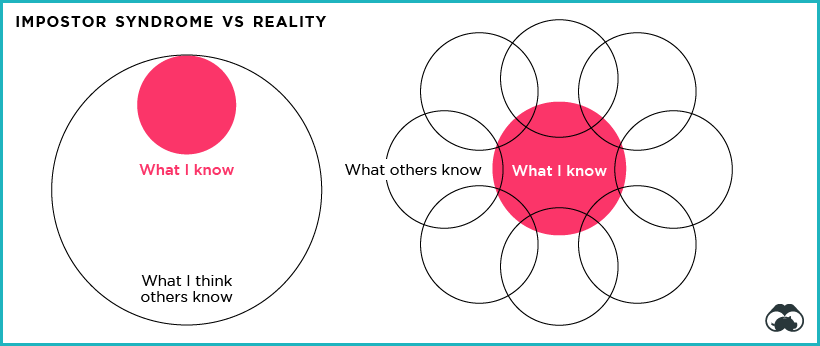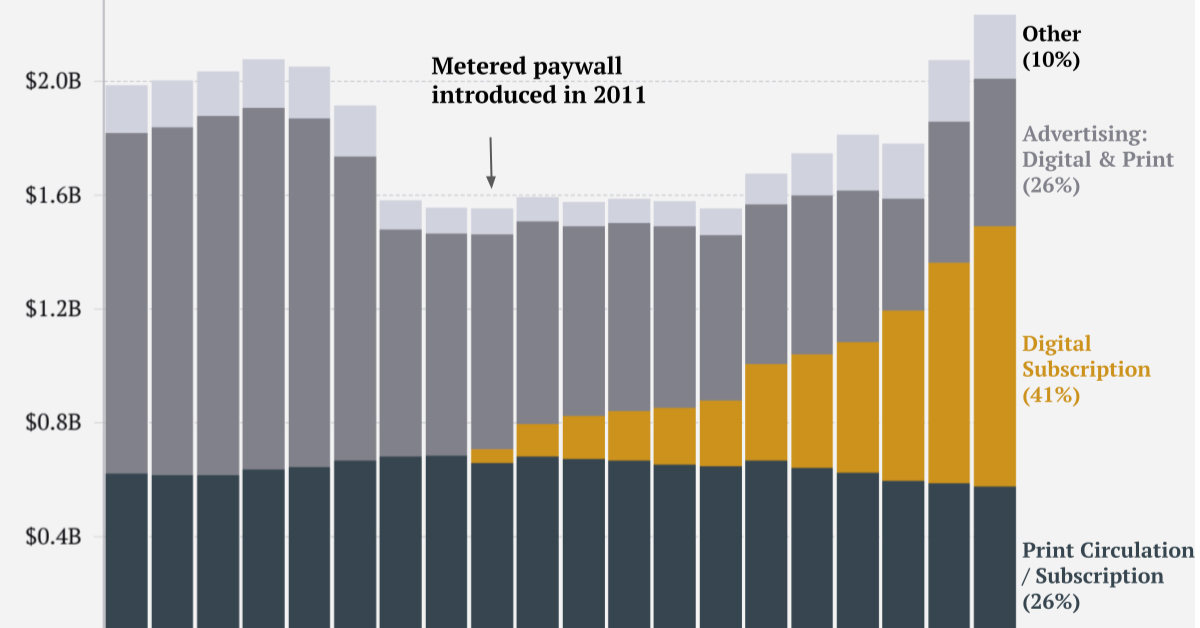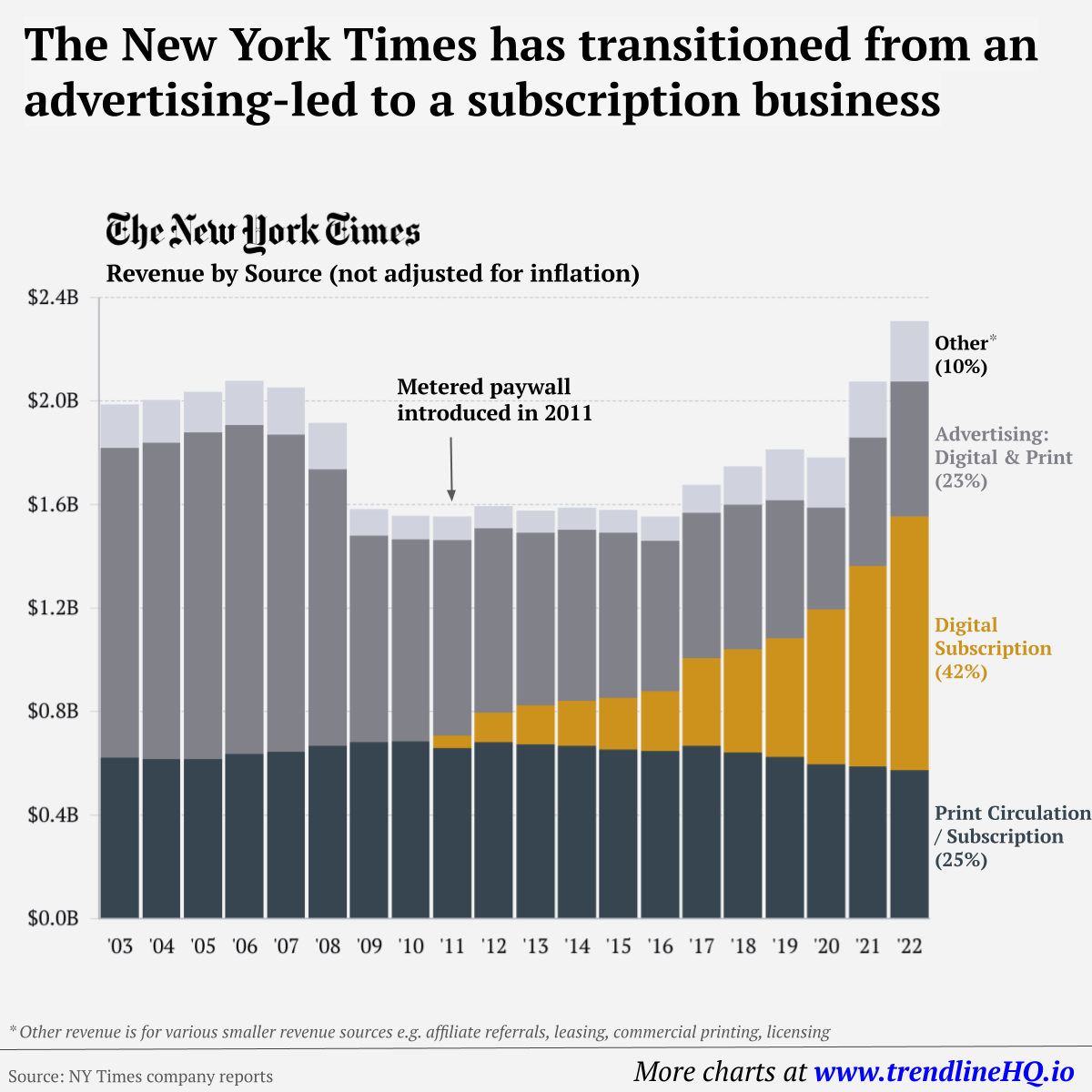The psychological pattern of impostor syndrome is widespread, with the majority of people experiencing some form of it over the course of their careers. Today’s infographic, from Resume.io, provides a useful guide to identifying the various manifestations of impostor syndrome, and how to potentially overcome it.
What is Impostor Syndrome?
People suffering from impostor syndrome doubt their skills and accomplishments, live in fear of being exposed as not worthy of their position, and even downplay their success, attributing it all to luck or good fortune.
These feelings, which were first collectively known as “impostor phenomenon,” were introduced in a 1978 study of 150 highly successful women. Today, we have an even more nuanced view of how feelings of anxiety and inadequacy can afflict people in a professional setting.
Impostor Syndrome Archetypes
According to Dr. Valerie Young, a leading expert on the subject of impostor syndrome, these feelings of self doubt are not one-size-fits-all. Here are the five different types of impostor syndrome: Understanding the different types of impostor syndrome is an important first step, as each manifestation requires a unique toolkit of solutions to help overcome this common psychological trap experienced by professionals.
Slaying Self Doubt
While impostor syndrome can afflict anyone, women have been shown to experience it more often – even once they have experienced high levels of success in their career. A recent KPMG study of 750 high-performing executive women found that:
75% had experienced impostor syndrome at some point in their career 81% of these woman also believed they put more pressure on themselves than their male counterparts
Though progress has been made, lack of diversity at the C-suite level is still fueling some of these feelings. 32% of women identified with impostor syndrome because they did not know others in a similar place to them either personally or professionally. When it came to combating feelings of self-doubt, many woman found support within their network and organizations:
72% said they looked to a mentor or trusted advisor for help and advice when the doubt creeps in 54% received support and guidance from performance managers
Actively creating a culture that supports honest conversations in the workplace is key to helping individuals slay professional self doubt. – Laura Newinski, U.S. Deputy Chair and COO of KPMG on Similar to the the precedent set by the music industry, many news outlets have also been figuring out how to transition into a paid digital monetization model. Over the past decade or so, The New York Times (NY Times)—one of the world’s most iconic and widely read news organizations—has been transforming its revenue model to fit this trend. This chart from creator Trendline uses annual reports from the The New York Times Company to visualize how this seemingly simple transition helped the organization adapt to the digital era.
The New York Times’ Revenue Transition
The NY Times has always been one of the world’s most-widely circulated papers. Before the launch of its digital subscription model, it earned half its revenue from print and online advertisements. The rest of its income came in through circulation and other avenues including licensing, referrals, commercial printing, events, and so on. But after annual revenues dropped by more than $500 million from 2006 to 2010, something had to change. In 2011, the NY Times launched its new digital subscription model and put some of its online articles behind a paywall. It bet that consumers would be willing to pay for quality content. And while it faced a rocky start, with revenue through print circulation and advertising slowly dwindling and some consumers frustrated that once-available content was now paywalled, its income through digital subscriptions began to climb. After digital subscription revenues first launched in 2011, they totaled to $47 million of revenue in their first year. By 2022 they had climbed to $979 million and accounted for 42% of total revenue.
Why Are Readers Paying for News?
More than half of U.S. adults subscribe to the news in some format. That (perhaps surprisingly) includes around four out of 10 adults under the age of 35. One of the main reasons cited for this was the consistency of publications in covering a variety of news topics. And given the NY Times’ popularity, it’s no surprise that it recently ranked as the most popular news subscription.



